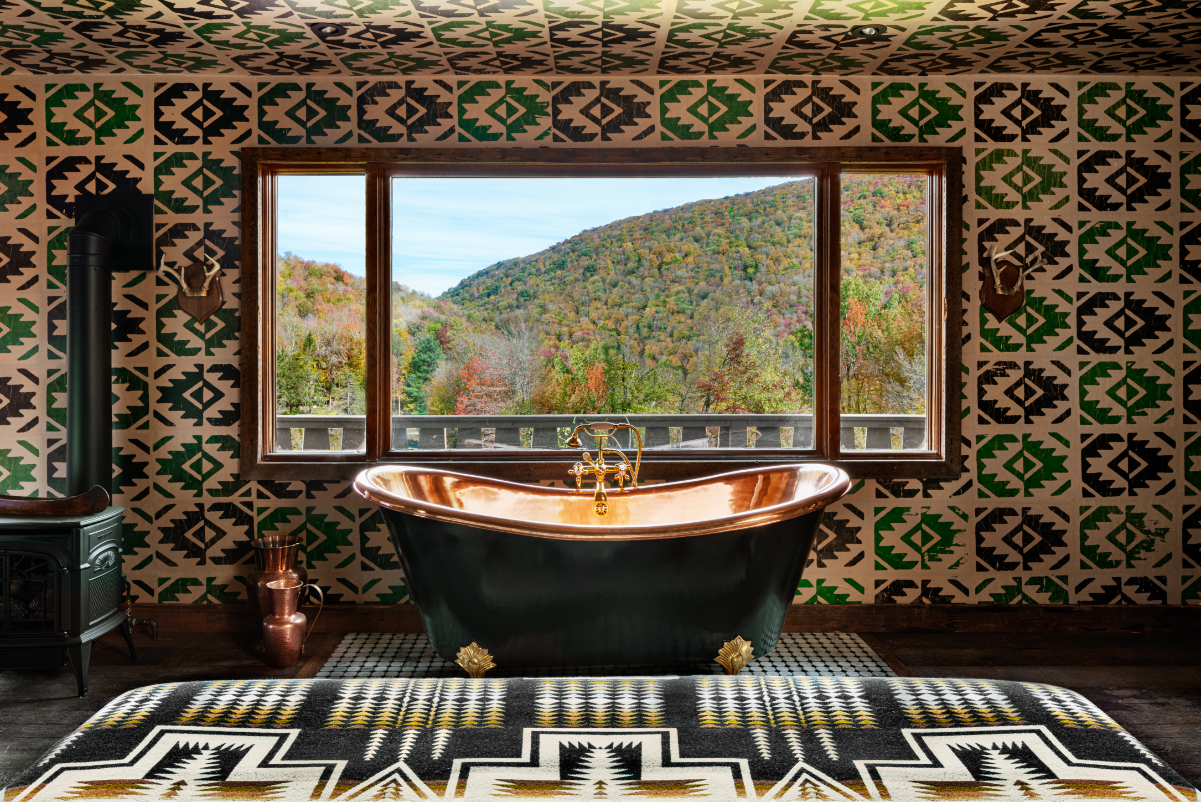U.S. hotel groups and developers have a red-hot interest in lifestyle hotels, soft-branded hotel collections, and independently-run boutique hotels. A new report suggests just how hot — even if actual development may not meet the loftiest goals.
Developers and hotel groups have proposed nearly 60,000 branded lifestyle and soft-branded boutique hotels to open between mid-2023 and 2027, according to an analysis by The Highland Group of CoStar’s STR data. These planned hotels — if they happen — would represent 29% annualized compound growth over the next four years.
“It’s highly unlikely this amount of development will come to fruition,” said Kim Bardoul, partner at The Highland Group, which released its Boutique Hotels: Mid-Year 2023 report this week.
“Lifestyle” hotels are franchises that typically include quirky decor, a bar, and a lounge area. (Think brands like Tempo by Hilton, Moxy by Marriott, and Thompson by Hyatt.)
“Soft-brand collections” include properties with their own name, storyline, and restaurants under management by a major hotel group. (Think “The Notary,” a former notary’s office in Philadelphia with 1920s decor that’s part of Marriott’s Autograph Collection.)
Between 2017 and 2022, the “branded boutique” segment averaged only 11% a year in new rooms, according to The Highland Group’s analysis of CoStar data.
That said, outsized growth has happened in the past. In 2017, actual openings of lifestyle hotels rose by 23%; soft-branded openings rose by 32%.
“I’m not saying it can’t happen, and yes, in some years past, there has been high growth by segment,” Bardoul said. “But this level of planned development feels excessive, for lack of a better word, given the history and our insights into the current macro and financing situation. Plus, a large portion of these properties is still in a proposal state. So I feel a little skeptical.”
In the first half of this year, 19,001 branded lifestyle and soft-branded rooms were under construction. If all of them open, they would add 11% to the branded boutique supply.
Indie boutiques aren’t included in the above supply numbers. For indie boutiques, STR said there are 4,227 rooms in construction, with a 2.8% expected growth in supply this year. Indie boutiques have a much smaller pipeline, at only 16,565 rooms.
Performance Drives Interest
The conventional wisdom is that the operators of traditional, generic properties have a number of advantages over boutiques. A key one is a more efficient cost structure thanks to getting volume discounts on furniture, furnishings, and technology.
Still, developers are interested in lifestyle, soft-branded, and indie boutique hotels because of their recent positive financial performance. These properties generated an average revenue per available room of $175 in the first half of this year, compared to only $123 for U.S. hotels as a whole spanning from “upper midscale” to luxury.
And branded boutiques have been able to produce competitive profit margins.
For example, the Highland Group sampled STR data on 43 lifestyle hotels — including the brands AC, Aloft, Andaz, Canopy, Hotel Indigo, Hyatt Centric, and Kimpton. Last year, these hotels produced an average EBITDA margin of 28%. Numbers were similar for soft-branded hotels — such as Autograph and Curio — and indie boutiques.
Generic, traditional hotels had a similar range of EBITDA margins.
Why do hotel groups and developers seek out the complexity of branded boutique properties?
Bardoul cited two reasons. Flexibility and demand.
For soft-branded collections, in particular, developers like the cost advantage of not having to adhere to strict prescriptions on property design.
High demand appears to be another factor, once you factor out that many lifestyle and boutiques are located in urban areas that were slower to recover from the pandemic than elsewhere.
So whatever the supply growth ultimately is, the trendlines point upward.
“A segment of consumers wants more than a bed for the night,” Bardoul said. “Some guests want to feel immersed in a community or a storyline. A piece of local artwork, for example, or staff uniforms or even a menu item, could help create a sense of place.”
More Lifestyle and Boutique Hotel Coverage
Subscribe to Skift Pro to get unlimited access to stories like these
{{monthly_count}} of {{monthly_limit}} Free Stories Read
Subscribe NowAlready a member? Sign in here
Subscribe to Skift Pro to get unlimited access to stories like these
Your story count resets on {{monthly_reset}}
Already a member? Sign in here
Subscribe to Skift Pro to get unlimited access to stories like these
Already a member? Sign in here
